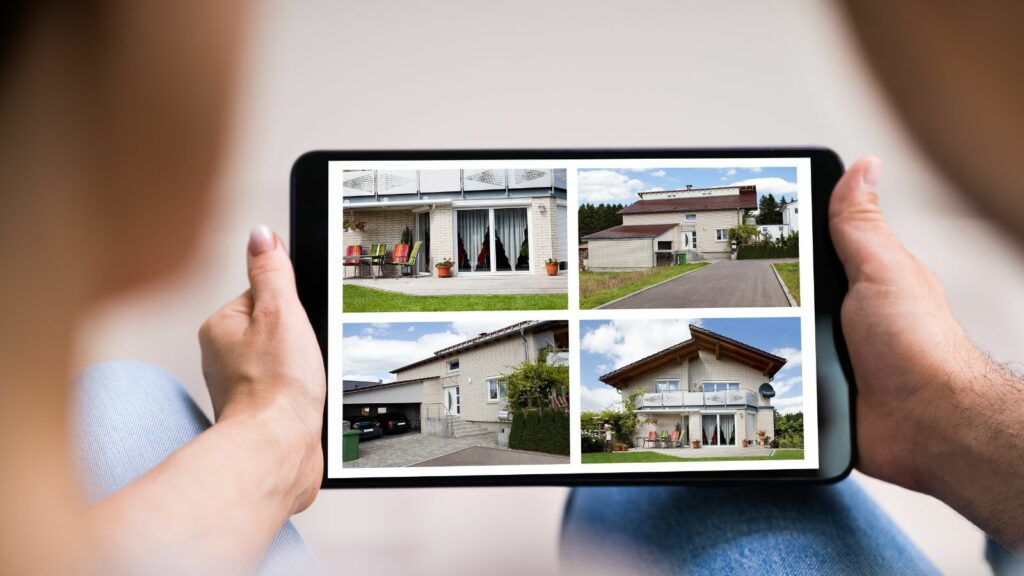When stepping into the world of home buying, it’s essential to approach the process with a keen eye and informed perspective. Beyond the initial allure of a property’s curb appeal or the enchantment of a cozy living room, several critical factors warrant your attention. Understanding the significance of location, the condition of the property, and the nuances of the local real estate market can transform your decision-making process from daunting to deliberate. As you evaluate potential homes, prioritize aspects such as the structural integrity of the building, the efficiency of its systems, and the potential for future value appreciation. This strategic approach ensures that you find a house that feels like home and secures your investment for the long term.

Introduction to Home Buying
Embarking on the quest for a new home is more than a financial transaction; it’s a step towards crafting your future. This journey requires a blend of intuition and pragmatism, where the heart’s desires meet the reality of investment. A property’s allure goes beyond its surface charm, urging buyers to delve deeper into what makes a house a viable home. A strategic approach to home buying elevates the experience and ensures decisions are made on a foundation of informed choice and foresight.
The essence of a wise home purchase lies in recognizing the layers that contribute to a property’s true value. It’s not merely about the number of rooms or the color of the walls; it’s about understanding how each aspect of the property aligns with your lifestyle and future goals. From the solidity of its structure to the vibrancy of the neighborhood, every element plays a pivotal role in determining the suitability of a home.
Furthermore, the process of buying a house is an exercise in balancing aspirations with practicalities. The dream of owning a home is universal, yet each buyer’s path to achieving this dream is unique. Factors such as location, property condition, and market dynamics require careful consideration and research. This initial phase of the home-buying process is crucial, setting the tone for the journey ahead. It’s about painting a picture of your ideal home and mapping out the steps to achieve it, ensuring that when you finally turn the key in the door, you step into a space that resonates with your vision of home.
Understanding the Importance of Location
The adage “location, location, location” continues to be the cornerstone of real estate for good reason. The setting of your future home influences not just your daily life but also the long-term value of your investment. A prime location transcends the immediate surroundings, embedding your home within a network of essential amenities, quality schools, and accessible transportation, thereby enriching your living experience and bolstering property value over time.
Choosing the right location requires a multifaceted approach, considering both present needs and future possibilities. Proximity to work, schools, and amenities like grocery stores, parks, and entertainment venues can significantly impact your lifestyle, reducing commute times and providing convenience and leisure opportunities. Moreover, the quality of local schools is paramount for families, affecting not only children’s education but also the property’s attractiveness and resale value.
Safety and community atmosphere are equally crucial. A neighborhood’s vibe and sense of community can greatly influence your satisfaction with a home. Engaging with residents and visiting at different times can offer insights into the neighborhood dynamics and safety levels. Additionally, understanding the area’s crime rates and safety measures is essential for peace of mind.
Property value trends offer a glimpse into the future, indicating the area’s economic health and potential for growth. Investing in a location with positive trends can result in significant property appreciation, enhancing its profitability should you decide to sell. Conversely, areas with stagnant or declining values might pose risks to your investment.
Lastly, consider the impact of future development plans on your chosen location. Upcoming infrastructure or commercial projects can improve amenities and accessibility, potentially increasing property values, but may also bring changes to the community’s character or increase traffic and noise.
In summary, selecting the right location is a critical decision that requires thorough research and consideration. It’s not just about the home itself but about embedding your life in a community that meets your needs, reflects your values, and holds promise for the future. The right location enhances your daily living experience and secures your investment for years to come.
Assessing the Property's Condition
When contemplating the purchase of a home, a comprehensive evaluation of the property’s condition is paramount. This scrutiny goes beyond surface-level aesthetics to unearth the home’s true state, potentially saving you from unforeseen expenses and complications down the line. A meticulous examination of a property reveals the integrity of its structure, the lifespan of essential systems, and the necessity for immediate or future repairs, guiding you toward a sound investment decision.
A professional home inspection is a critical first step in this assessment, offering an unbiased overview of the property’s health. Inspectors evaluate key components like the foundation, roofing, and systems (plumbing, electrical, HVAC) to identify any defects or areas needing attention. Recognizing signs of foundational issues, such as cracks in walls or uneven floors, can prevent investing in a property with potentially catastrophic and costly problems.
The roof, a home’s primary defense against the elements, demands scrutiny. Its condition and age can significantly affect insurance premiums and future maintenance costs. Similarly, evaluating the property’s plumbing, electrical, and heating/cooling systems ensures they are up to code, functioning efficiently, and without an immediate need for replacement, which can be expensive.
Awareness of potential pest infestations or mold growth is also crucial, as these issues can indicate deeper problems like moisture intrusion or structural decay. Remedying such issues involves considerable expense and impacts the home’s livability and air quality.
Beyond these evaluations, consider the energy efficiency of the property. An energy-efficient home reduces utility bills and contributes to a more sustainable and comfortable living environment. Checking for updated windows, insulation, and energy-efficient appliances can provide insight into the home’s operational efficiency.
A thorough assessment of the property’s condition gives you vital information to negotiate prices, plan for future expenses, and make an informed decision. It ensures that the investment aligns with your expectations, budget, and long-term satisfaction, laying the foundation for a home that is aesthetically pleasing, structurally sound, and economically viable.
Evaluating the Home's Design and Layout
The design and layout of a home are more than just aesthetic considerations; they are essential to how comfortably and efficiently you can live in a space. A well-thought-out floor plan enhances daily living and adapts to changing needs over time, making it a crucial aspect of your home selection process. This evaluation goes beyond mere room counts, focusing on the flow between spaces, natural light, and the potential for future modifications.
The flow of a home refers to how its rooms and spaces are interconnected, impacting both functionality and the feeling of spaciousness. Homes with an open floor plan often provide a sense of airiness and ease of movement, ideal for entertaining and family interactions. Conversely, a more compartmentalized layout can offer privacy and separation that might be preferable for working from home or accommodating multi-generational living.
Natural lighting plays a significant role in the ambiance of a home, influencing mood, energy consumption, and even health. Properties that optimize natural light through strategic window placement and orientation reduce reliance on artificial lighting and enhance the space’s warmth and appeal. Additionally, consider the home’s orientation in relation to the sun to maximize warmth in the winter and coolness in the summer, potentially lowering heating and cooling costs.
Storage solutions and organizational features are pivotal in maintaining a functional, clutter-free living environment. Adequate closet space, built-in storage, and thoughtful design elements can significantly contribute to the home’s overall livability and convenience.
Lastly, the potential for future renovations or expansions is an important consideration. A home that allows for modifications can grow with your needs, whether it’s adding an extra bedroom, updating the kitchen, or expanding living areas. Assessing the feasibility and potential costs of such changes can ensure the home remains fit for your lifestyle in the long term.
In summary, evaluating a home’s design and layout requires a balance between immediate appeal and long-term functionality. A property that aligns with your lifestyle, accommodates your needs and offers flexibility for the future will not only be a pleasure to live in but also a wise investment.
Financial Considerations and Market Dynamics
Navigating the financial landscape of home buying is a critical component of securing a property that aligns with both your budget and investment goals. Understanding the nuances of market dynamics, interest rates, and hidden costs can significantly influence your purchasing power and the long-term value of your investment. This section delves into these key financial considerations, offering insights to guide your decision-making process.
Market trends play a pivotal role in determining the right time to buy. A buyer’s market, characterized by more homes for sale than buyers, can offer more room for negotiation, potentially leading to a better deal. Conversely, a seller’s market, with more buyers than available homes, often results in competitive bidding, driving up prices. Keeping an eye on these trends within your target area can help you gauge the best timing for your purchase.
Interest rates directly impact your mortgage payments and the overall cost of borrowing. Lower rates can make home-buying more affordable, allowing you to qualify for a larger loan or more expensive property for the same monthly payment compared to periods of higher rates. It’s crucial to monitor interest rate forecasts and consider locking in rates at opportune times during your home-buying process.
Beyond the price of the home itself, prospective buyers should budget for additional costs that can accumulate. Property taxes, homeowners’ association (HOA) fees, insurance, and maintenance costs can significantly affect your monthly expenses. Estimating these costs in advance can provide a clearer picture of the true cost of homeownership.
The potential for property value appreciation is an important factor for those viewing their home as an investment. Factors influencing appreciation include location, community developments, and improvements to the property. Investing in an area with strong growth potential can yield substantial returns over time.
Lastly, preparing for the financial implications of immediate repairs or necessary upgrades is essential. A home inspection can reveal issues that may need addressing soon after purchase, from minor cosmetic fixes to major structural repairs. Allocating funds for these potential expenses ensures you’re financially prepared from the start.
A comprehensive understanding of financial considerations and market dynamics is crucial for making an informed home-buying decision. Balancing your desires with a realistic assessment of what you can afford and the potential return on your investment can lead to a satisfying and financially sound home purchase.
Legal and Regulatory Aspects
Delving into the legal and regulatory dimensions of home buying is essential for safeguarding your investment and ensuring a smooth transition into homeownership. This exploration encompasses zoning laws, property rights, and homeowners’ association (HOA) regulations, each playing a critical role in defining what you can and cannot do with your property. Understanding these legalities upfront can prevent future surprises and conflicts, making it a crucial step in the home-buying process.
Zoning laws dictate how properties in specific areas can be used, affecting everything from the type of structures that can be built to the activities permitted on the premises. Whether you’re dreaming of adding a home office, renting out part of your property, or making significant renovations, verifying that your plans align with local zoning ordinances is vital. Failure to comply can result in legal challenges, fines, and needing to undo changes at your expense.
Property rights and easements are another legal aspect requiring attention. Easements may grant others the right to use a portion of your property for specific purposes, such as utilities or access routes, potentially impacting your enjoyment and use of the land. Understanding these rights before purchasing can help avoid disputes and ensure your property meets your needs and expectations.
HOA rules and regulations are prevalent in many communities, setting standards for property appearance, maintenance, and use. While these guidelines can help maintain property values and community aesthetics, they can also impose limitations on the personalization and usage of your home. Familiarizing yourself with the HOA’s covenants, conditions, and restrictions (CC&Rs) before committing to a property is crucial to ensure they align with your lifestyle and preferences.
In conclusion, the legal and regulatory aspects of home buying are foundational to a successful purchase. They define the boundaries of what is possible with your property and set the stage for your future in the home. By thoroughly researching and understanding these elements, you can navigate the home-buying process with confidence, secure in the knowledge that your dream home fits your desires and the legal and regulatory framework of your chosen community.
Environmental Factors and Sustainability
In today’s real estate market, environmental considerations and sustainability features play an increasingly important role in the home buying process. Prospective buyers are looking for homes that minimize their ecological footprint and offer long-term savings through energy efficiency. This section explores key environmental factors, including energy ratings, the impact of climate change on insurance, and the sustainability of landscaping and outdoor spaces.
Energy efficiency is a paramount concern for environmentally conscious homeowners. Homes with high energy efficiency ratings often incorporate features like double-glazed windows, high-quality insulation, and efficient heating and cooling systems. These features reduce the home’s environmental impact and lead to significant savings on utility bills. Additionally, properties may come with green certifications, such as LEED or Energy Star, providing a benchmark of their sustainability and efficiency levels.
The impact of climate change has also made it crucial to consider the geographical locations and its susceptibility to natural disasters when purchasing a home. Areas prone to flooding, wildfires, or hurricanes can see increased property insurance premiums, potentially affecting affordability. Researching and understanding these risks can help you make an informed decision and prepare for any additional costs.
Sustainable landscaping and the use of native plants can enhance a property’s appeal while contributing to its environmental sustainability. Native vegetation requires less water and maintenance, reducing the home’s overall environmental footprint. Features like rain gardens and permeable paving can improve water efficiency and drainage, contributing to the property’s sustainability.
In summary, considering environmental factors and sustainability when purchasing a home benefits the planet and can offer economic advantages through reduced utility costs and increased property value. As climate awareness grows, homes prioritizing green features and sustainability will likely become even more sought after, making them a wise investment for future-minded buyers.
Making Your Home-Buying Vision a Reality
As we’ve navigated the multifaceted landscape of home buying, from understanding the critical importance of location to assessing the property’s condition, financial considerations, and the significance of legal, environmental, and sustainability factors, the journey to finding your ideal home might seem complex, yet it is undeniably rewarding. Armed with this comprehensive guide, you’re now equipped to make informed decisions that align with your lifestyle, budget, and long-term goals, ensuring that your home is not just a place to live but a foundation for your future.
Embarking on this path doesn’t have to be a solitary endeavor. Whether you’re seeking the perfect neighborhood, navigating financial intricacies, or ensuring your home is a sustainable sanctuary, having a knowledgeable and experienced partner by your side can transform this process into an exciting and seamless adventure.
If you’re ready to take the next step towards securing your dream home with a clear vision and a strategic approach, I invite you to reach out. Together, we can explore the possibilities, address your concerns, and find a place where every door opens to comfort, security, and happiness. Your journey to homeownership is about to begin, and I’m here to guide you every step of the way.


